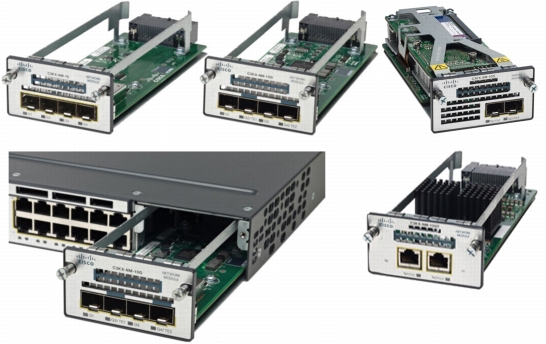
Network switches play an integral role in computer networks by connecting all the devices on the network, enabling communication. Switches can be simple or complex, ranging from small, four-port home office devices with limited management interfaces to complex, 48 port-enterprise level devices with dedicated memory, processors and operating systems. When dealing with complex models, network administrators spend hours configuring each individual device to the exacting specifications required by their network. As with any piece of important data, these configurations need to be backed up.
What You Will Need While Saving the Cisco 3560 Switch Config
- Cisco 3560 switch
- Computer with serial port
- Rollover cable
- Terminal emulation software (PuTTY)
How to Save the Cisco 3560 Switch Configuration
Connect to the Switch
1. Plug your computer into the switch with a rollover cable. This cable has a RJ-45 jack on one end and a serial connection on the other. Plug the RJ-45 end into the “CONSOLE” port of the switch, and the serial end into your computer.
2. Download and install a terminal program called PuTTY to connect to the switch (see Resources).
3. Open the terminal emulation software. In PuTTY, select “Serial” in the “Category” box on the left, then select the correct COM port in the “Serial line to connect to” box. Click “Open” to open the command line of the switch. The command line is a text-based interface for the switch. It has a prompt where you can enter commands to change settings and configurations.
Save the Configuration
1. Type “enable” at the command line, then press return on the keyboard to enter into “privileged exec mode.” The switch prompt should change from “Switch>” to “Switch#, then you can enter the next command.
2. Type “copy running-config startup-config” at the command line and press return on the keyboard. This will copy the current switch configuration to the non-volatile memory, which is memory that will retain its data even without power applied to it.
3. Type “show running-config” to display the current configuration.
4. Click and hold at the beginning of the output from the “show running-config” command, then drag down to the bottom of the PuTTY window. This should select all the text on the screen.
5. Right-click and select “Copy” to copy the text.
6. Click on “Start” and “Run,” then type “notepad.exe” in the dialog box. Click “OK” to bring up the notepad program.
7. Click on “Edit” and “Paste” to put the switch configuration into notepad.
8. Click “File” and “Save” to save the file to your desktop. You now have a backup of your switch configuration that will be around even if your switch goes bad.
Tips & Warnings
The command “copy running-config startup-config” can be shortened to “copy run start.”
More Related:
Simple Process to Recover Password for Cisco Catalyst 3560 L III switch
—Cisco 3560 24PT Layer3 switch
– attach switch to PC via console cable
– Open “Hyper Terminal” ( Assuming you are running Windows OS )
– Reset “Port settings” to “Restore Defaults”
– Power on your switch
– Hold the green button which is at front panel of 3560 switch
– You’ll be at following screen :
Quote:
| List of filesystems currently registered:
flash[0]: (read-write) |
at CLI you’ll see “switch:” these letters only.
– Type “switch:dir flash/”
– It shows contains in it as follws :
Quote:
| Directory of flash:/
2 -rwx 616 <date> vlan.dat |
-rename the flash file by giving following command :
switch: rename <old_name> <new_name>
reboot switch by saying “switch:boot” .
While initializing switch asks Would you like to enter the initial configuration dialog? [yes/no]: n
Say “No” at this.
And that’s it.
– Now say “enable” and you’ll not be prompted for password.
Note: this method works only if password recovery mechanism is enabled on your switch.
More Related How-to’s: How to Configure a Cisco 3750?







